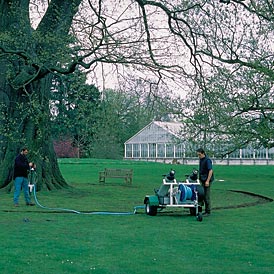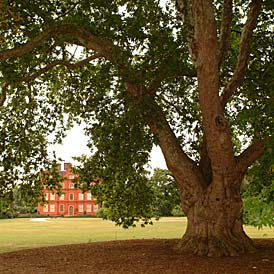

| Mycorrhizae |
|||
| Case studies | |||
Elwha Dam Removal Initially anaerobic sediments were believed to be low in fertility and lacking in mycorrhizal fungi. Overall recommendation is that while mycorrhizal inoculation is not necessary on smaller scales, it could be greatly beneficial to the rapid reestablishment and growth of native ecosystems. |
|||
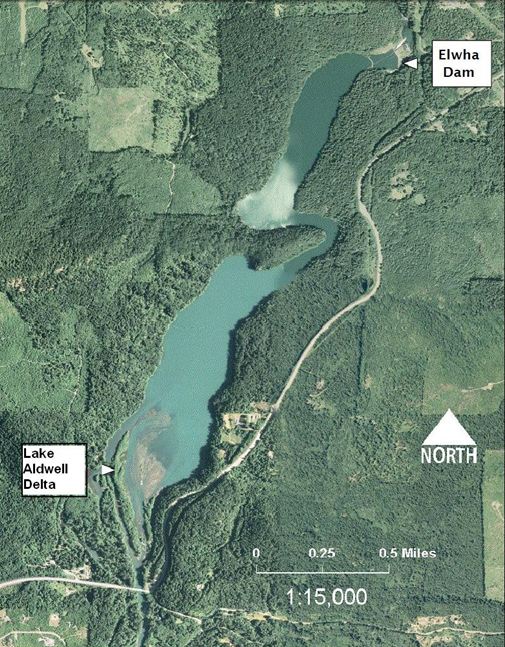 |
|||
| Aerial view of Lake Aldwell and Elwha Dam. Source: http://www.video-monitoring.com/construction/olympic/img/lake_adwell.jpg |
|||
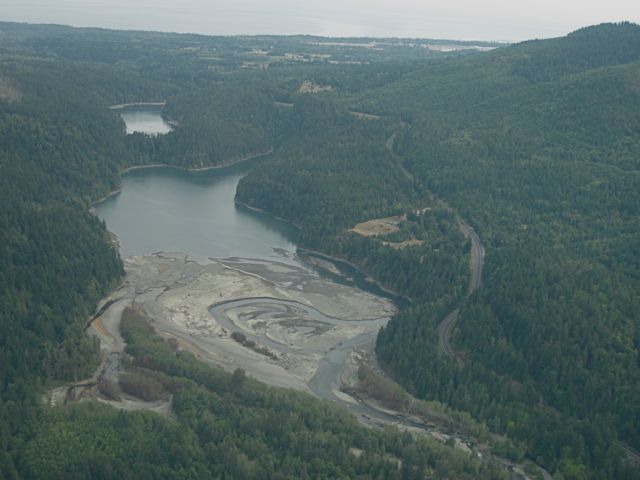 |
|||
| Reservoir sediments at the delta of Lake Aldwell, upstream of Elwha Dam, Puget Sound is visible in the distance. Source: http://www.venturariver.org/2011/09/elwha-river-dam-removal.html |
|||
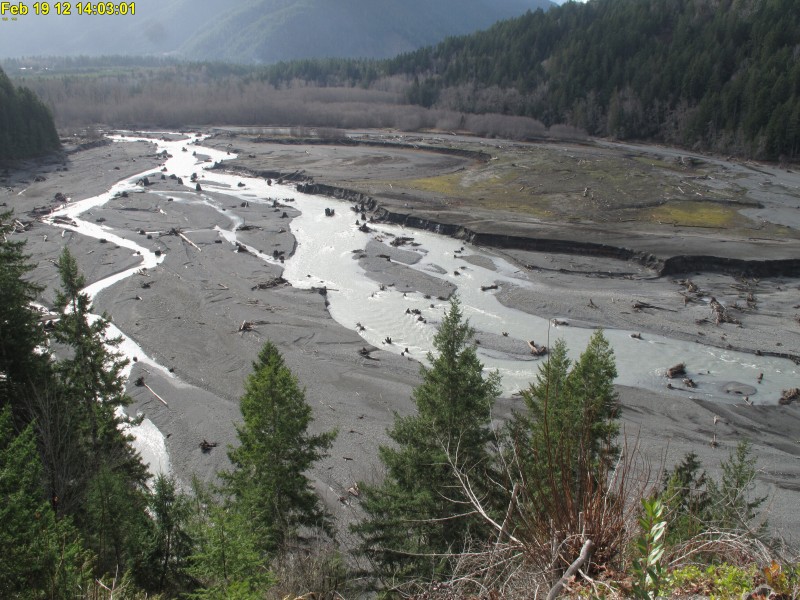 |
|||
| View of the sediments in Lake Aldwell delta. Source: http://www.video-monitoring.com/construction/olympic/s3latest.jpg |
|||
 Figure 4. Plan view and soil profiles of representative plots for each treatment. Clockwise, from upper left: U, unplanted and uninoculated; P + I, plantswith inoculum; P + I + M, plants with inoculum and mulch; and P, planted but uninoculated. Boulder Creek Delta, Elwha River, Washington, May 2007. |
|||
|
|||
Kew Gardens
|
|||


